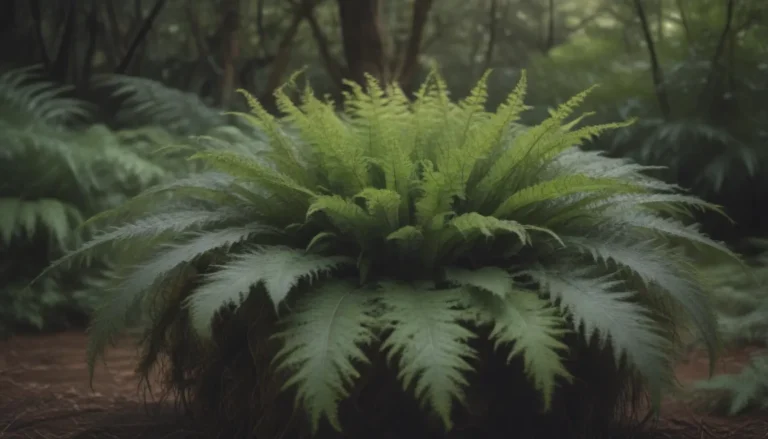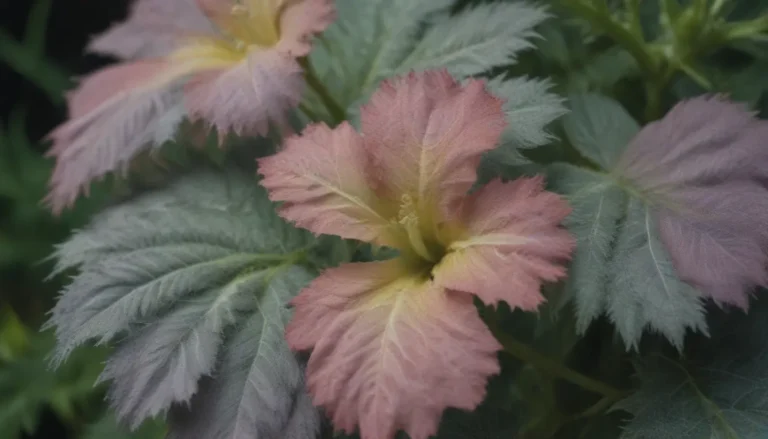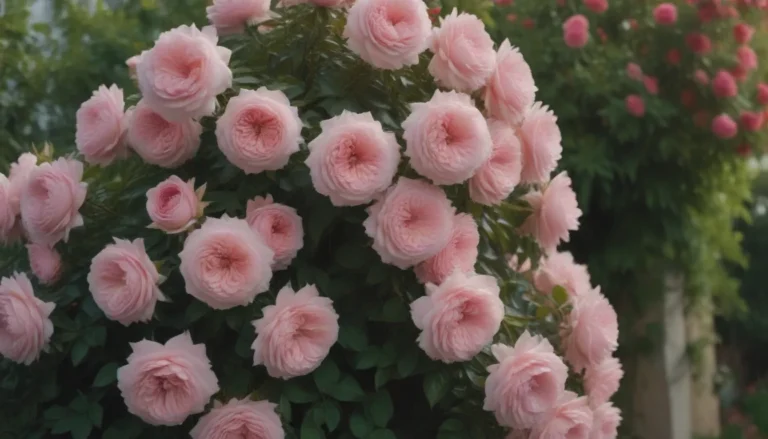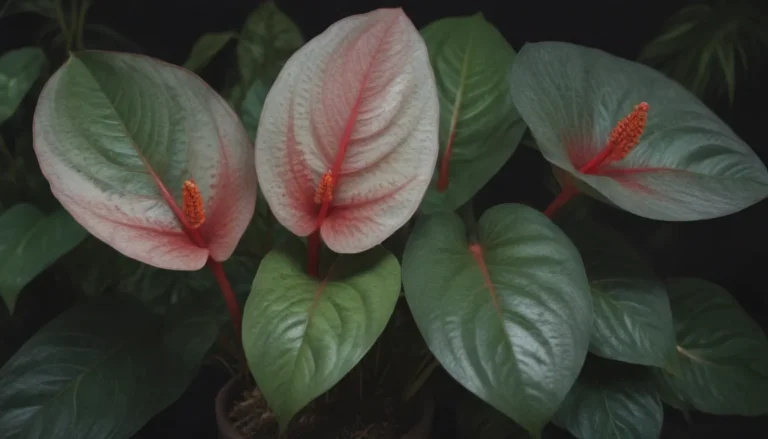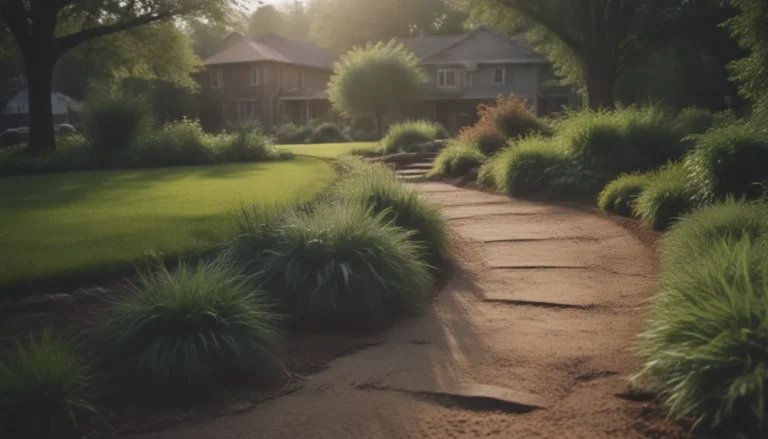Maximizing Your Garden Space: The Ultimate Guide to Planning a Square Foot Garden
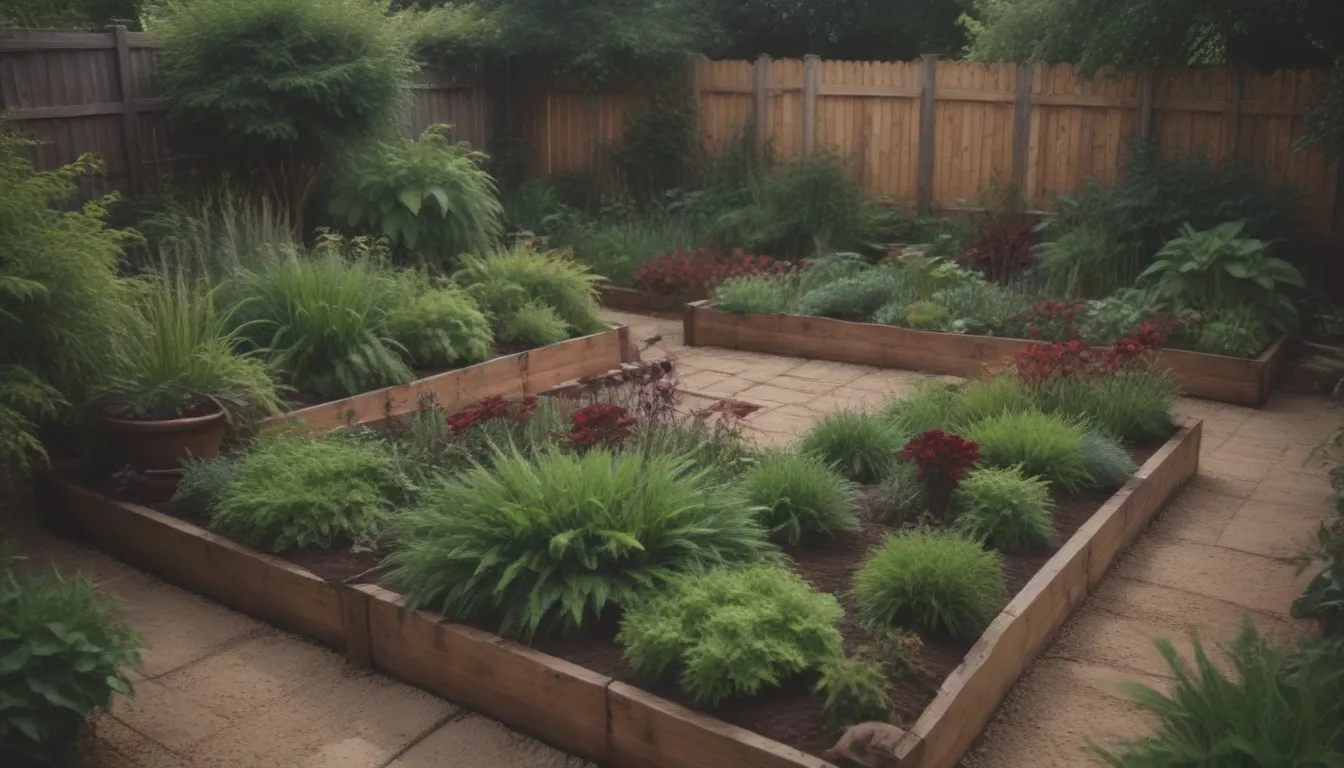
In recent years, urban gardening has become increasingly popular as more people seek ways to grow their own food in small spaces. From balconies to backyards, square foot gardening is a hot topic among those looking to maximize efficiency and reduce waste while growing a variety of edible plants.
If you’re new to square foot gardening or looking to take your small space garden to the next level, you’ve come to the right place. In this comprehensive guide, we’ll walk you through everything you need to know to plan and create your own square foot garden, from understanding the basics to choosing the right plants and designing a layout that works for you.
Understanding Square Foot Gardening
So, what exactly is a square foot garden? Invented by civil engineer and urban planner Mel Bartholomew in 1981, a square foot garden is a raised bed garden divided into square sections for planting a large number of food crops in a small space. This method is a more efficient use of space compared to traditional row-planted gardens, which tend to require more room, soil, and support structures.
The raised beds of a square foot garden are not only space-efficient but also provide a solution for areas with poor-quality soil, as fresh garden soil can be added at an appropriate depth for growing vegetables. Whether you have a small backyard or a rooftop terrace, a square foot garden can be tailored to fit your space and growing needs.
What to Grow in Your Square Foot Garden
The beauty of square foot gardening is that you can grow almost anything you want in your raised bed. However, it’s important to consider the size of your plants and how they will fit into the designated square foot sections. Here are some tips on what to grow in your square foot garden:
- Compact Varieties: Choose compact or dwarf varieties of vegetables and herbs to maximize space in your raised bed.
- Avoid Invasive Plants: Steer clear of perennial vegetables like rhubarb and asparagus, as well as invasive plants like raspberries.
- Consider Root Vegetables: Some root vegetables, like fingerling potatoes, may require more space than others. Opt for smaller varieties to make the most of your square foot garden.
- Vertical Gardening: Install a trellis structure to grow vining plants like beans, Malabar spinach, and cucumbers vertically and save space in your garden.
Planning Your Square Foot Garden
Before diving into the world of square foot gardening, consider the following factors when planning your garden:
1. Size of Your Garden
While a common approach to square foot gardening is to build 4′ x 4′ raised beds, you can choose any size that works for your space. The key is to create a grid of one-foot square blocks within your raised bed to help you plant efficiently. Whether you opt for a smaller bed for easier navigation or a larger bed for greater planting capacity, tailor your raised bed to fit your needs.
2. Soil Selection
Raised beds provide a blank canvas for growing your own food, so choose a good quality garden soil that is nutrient-rich and well-draining. Consider mixing in compost, coffee grounds, crushed eggshells, or other organic materials to improve soil fertility. Avoid using treated timbers like railroad ties, which can be harmful to edible crops, and opt for long-lasting and rot-resistant woods like redwood or cedar.
3. Plant Selection and Spacing
When selecting plants for your square foot garden, opt for compact varieties that fit into the designated square sections. Consider the spacing requirements of each plant and mix different plants together using companion planting principles. Remember to factor in the sun and shade needs of each plant to create a harmonious growing environment in your garden.
4. Watering Needs
Different vegetables have varying water requirements, so consider the watering needs of each plant as you plan your square foot garden. Create small micro-climates within your raised bed to accommodate plants with different water needs and adjust the watering schedule accordingly. By grouping veggies with similar water requirements together, you can ensure optimal growth and reduce water wastage.
In conclusion, square foot gardening is a versatile and efficient way to grow your favorite veggies in a small space. Whether you’re a seasoned gardener looking to maximize your garden space or a beginner eager to start your gardening journey, square foot gardening offers a practical and sustainable solution for growing your own food at home.
Remember to plan ahead, choose the right plants, and design a layout that works for you to create a thriving square foot garden that yields a bountiful harvest. With a little creativity and resourcefulness, you can transform your small space into a productive and beautiful garden oasis that nourishes both body and soul. Happy gardening!
